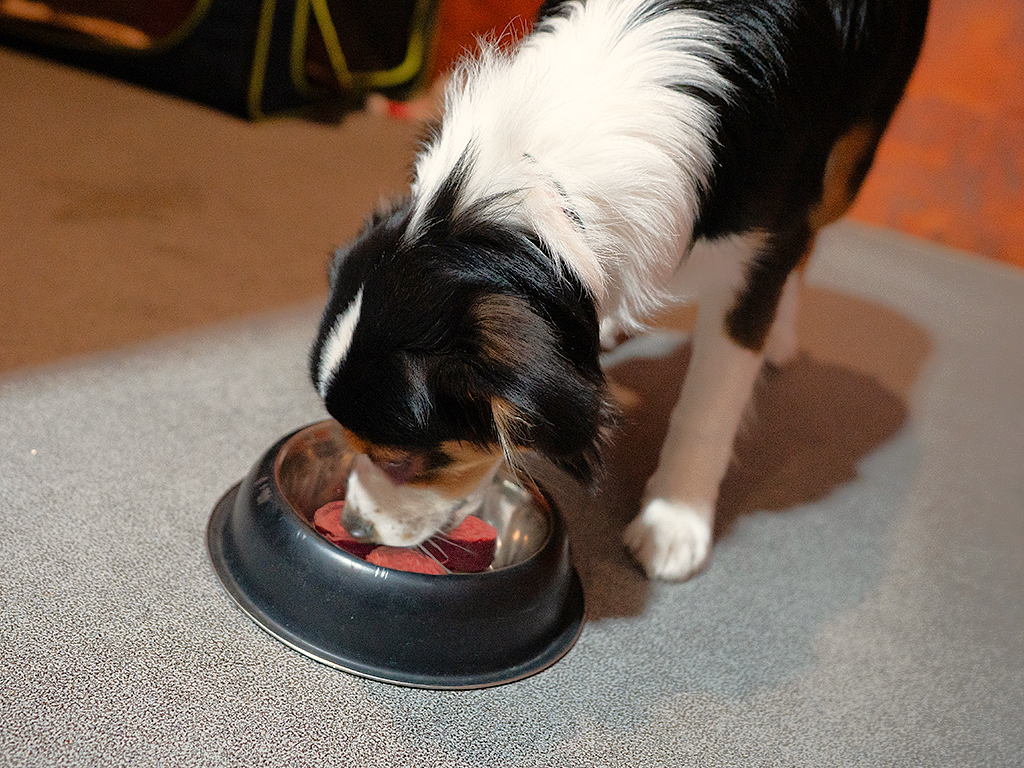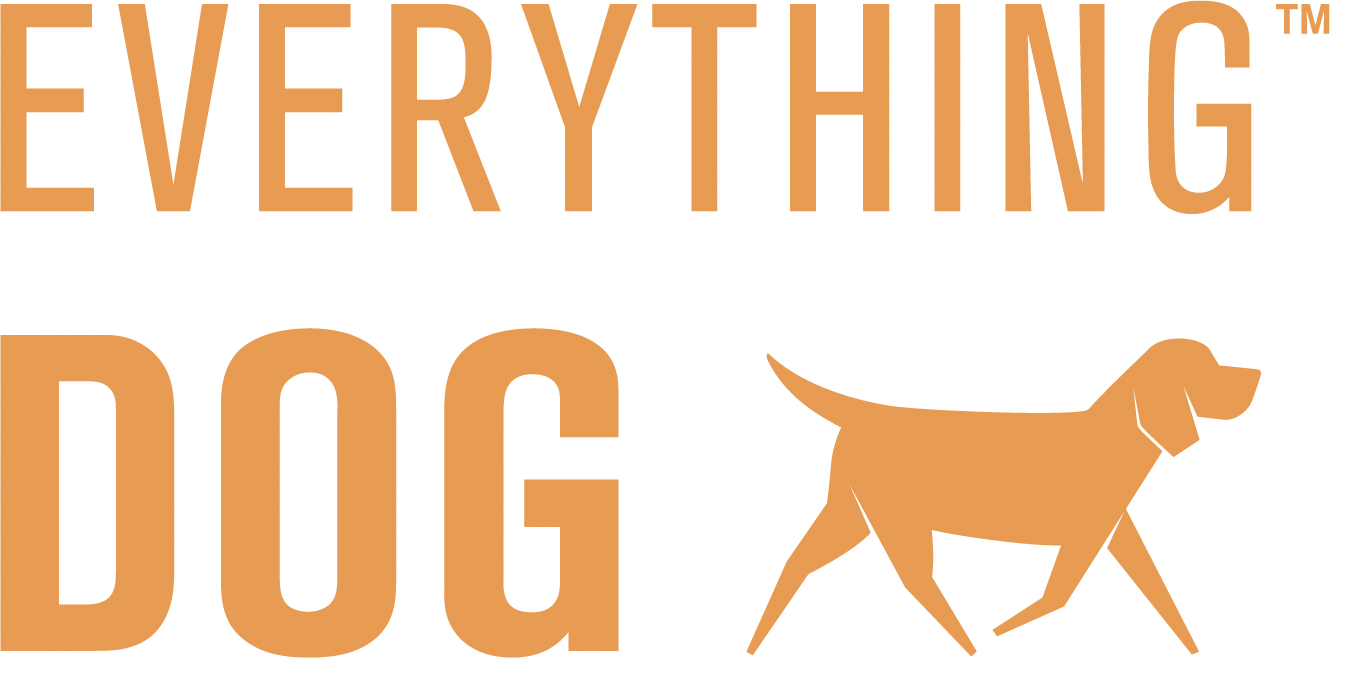Raw or Dry Dog Food | How to Choose

Raw Dog Food vs. Dry Dog Food: which is best for your dog?
If you’ve ever found yourself punching “best dog food NZ” into Google, you’re not alone!
I’m frequently having this conversation with Everything Dog families who have become overwhelmed by the choices and are not sure what’s best for their dogs.
When it comes to pet nutrition, it’s safe to say we all want the best for our dogs! But, with so many choices out there including raw dog food and dry dog food (AKA “kibble”), it can be hard to make the right choice for your pooch.
If you’ve been here for a while, you’ll know that we’re long-time advocates of a raw food diet for dogs. There are so many benefits (I’ll dive into these shortly). But, that being said, dry dog food definitely has its place – and we’re proud to stock two incredible brands that live and breathe canine nutrition.
Whenever you’re looking to make a change in your dog’s diet, or if something doesn’t seem quite right about the way they’re eating, we recommend seeking nutritional advice – especially for puppies or dogs with allergies and specific nutritional needs.
Right – let me walk you through your choices and help you figure out what’s best for your dog!
Why choosing the best dog food matters
Your dog’s food isn’t just about filling their bellies. The right diet should be balanced and provide adequate energy, keep their coat shiny and their teeth healthy. When your dog’s food is being absorbed well, you’ll also notice less stinky, smaller and firmer poops.
Raw Dog Food vs. Dry Dog Food – what’s the difference?
Raw Dog Food
Dogs are naturally carnivores, and their shorter digestive tract has evolved over millennia to extract nutrients from a protein packed mix of raw meat, organs and bones. Raw food provides exactly that, with carefully selected 100% natural minimally processed raw ingredients. There are many varieties available and you’ll find an extensive range available at the Everything Dog Emporium in frozen form. You can find out more here.
Benefits of Raw Dog food:
- Immune boosting: Raw food is good for a dog’s gut, and a healthy gut promotes a healthier immune system
- Improved skin and softer, shiner coat: Dogs that are fed raw diets often feel cleaner and need less bathing. This is because raw meat provides a source of essential amino acids, fatty acids, live enzymes and loads of other essential ingredients that optimise the skin and coat.
- Improved muscle mass & energy: The high protein content of raw food helps to repair muscles and build tone while providing lasting, sustained energy.
- Great for oral health: The enzymes in raw foods help to protect your dog’s teeth and gums. Raw diets also don’t contain all of the synthetic fillers, sugars and starches that can contribute towards tooth decay.
- Healthier poops: Raw diets are better absorbed by dogs (up to 95% absorption vs 60-80% on a processed diet). You’ll notice less frequent poops, that are smaller, firmer, and have less odour.
- Less smell: Dogs on a raw meat diet are less gassy and generally don’t have breath that smells as unpleasant.
Dry Dog Food/Dog Kibbles
Dry dog food is available in many forms and the quality can vary between brands, so it’s worthwhile taking time to choose and reading the label carefully. Generally speaking, dry food comes in small “biscuits” that are made up of cooked and dried ingredients like meats, organs, grains and added vitamins and minerals. Premium, scientifically developed dry dog foods can be really nutritious with a high meat content, quality carbohydrates and low levels of additives, and dogs love the taste.
Benefits of Dry Dog Food
- Convenient: Dry dog food requires no prep work. Simply scoop and go.
- Less messy: Dry food is contained in small biscuits/morsels. It doesn’t tend to leave any mess or residue.
- Lasts longer: Kibble doesn’t need to be stored in the fridge or freezer and tends to have a reasonably long shelf life.
- Cost-effective: While costs can vary a lot between brands (you can expect to pay more for premium food), dry dog kibble can be more affordable.
- Easy to travel with: Because it stores well and requires minimal prep, dry dog food can be a great option if you’re travelling with your pooch.
- Nutritious and delicious – but choose carefully: While some options are better than others (I definitely recommend you do your research), some dry dog foods can be really nutritious and are made with good quality ingredients. Avoid those with a low meat content, or that contain a high level of cereals, fillers, salt, hydrogenised oils or artificial flavours. We recommend and sell the Orijen and Acana dog food brands which have the highest real meat content of the brands available in the New Zealand market.
How to choose the best dog food for your dog
When deciding whether to go with raw dog food vs dry dog food, you need to consider your dog’s unique needs and preferences, and also your own lifestyle.
A few things to think about are:
- Freezer space: Raw food can be bulky to store, especially for larger dogs where you’ll want to keep a larger quantity on hand. It needs to be kept in the freezer, so having enough frozen space is essential.
- Cost: Raw dog food can be slightly more expensive overall (although raw advocates believe the benefits make it very worthwhile), whereas dry food is available at a wide variety of price points to suit all budgets.
- Your dog’s health needs: Some dogs may benefit more from one type over the other. This may include things such as gastro intestinal upsets, skin conditions and allergies, or rejecting one type of food. Dogs digestive systems can be sensitive to the artificial ingredients in dry food, with a raw diet often providing a solution. Make sure you seek advice from your vet or come and talk to our team before making a change when your dog’s health is a factor.
Your dog’s personal preference: Some dogs simply don’t like certain types of food – and it shows! Dogs aren’t naturally grazers – their evolutionary ancestors would have had to eat quickly when food was available, getting in before the rest of their family demolished what they’d caught. If your dog seems unfussed with their food or is leaving most of their meal and grazing throughout the day, try switching to another option – it could be a sign they simply don’t like what you’ve served up.
How to change your dog’s food
When transitioning your dog from one type of diet to another, it’s important to make the change gradually to avoid digestive upset. Sudden changes in diet can lead to loose stools, vomiting, or refusal to eat. If you are changing from dry food to raw, you will need to start with particular meats such as tripe, allowing your dog’s digestive system and gut microbiome time to adjust.
Keep an eye on your dog’s energy levels, appetite, and stool quality during the transition. If you’re unsure or would like tailored advice, come and see us in store – our team is always happy to help guide you through a smooth and successful switch.
Come and chat to us if you’re unsure!
We’re here to help. We love chatting to dog parents about food options, and showing them through some of the brands we’re proud to offer. We’re all about finding what works best for you and your dog – and are here to support you every step of the way.
So come on in to see us at 789 Wairakei Rd, or give us a call on 03 928 3133
